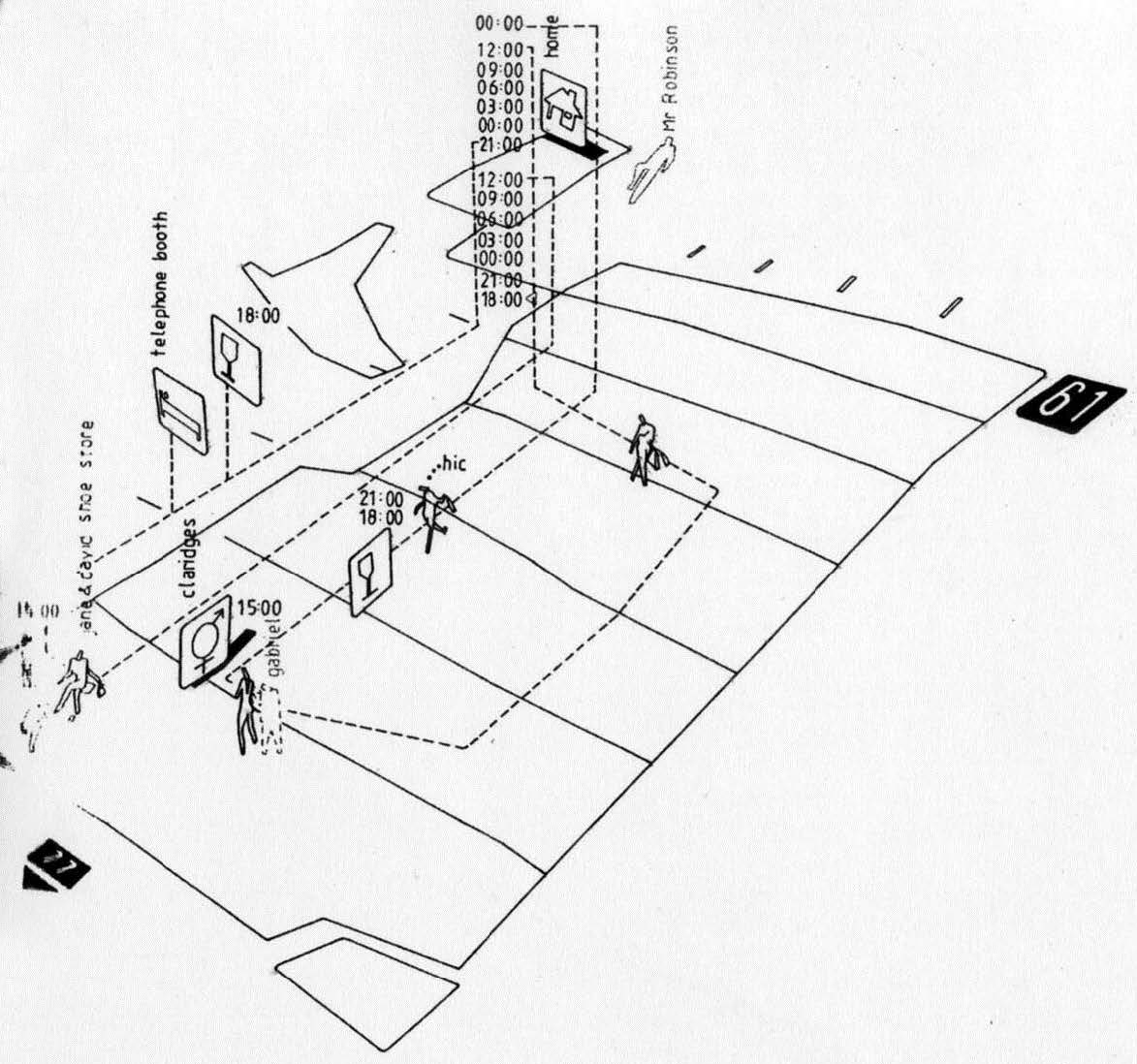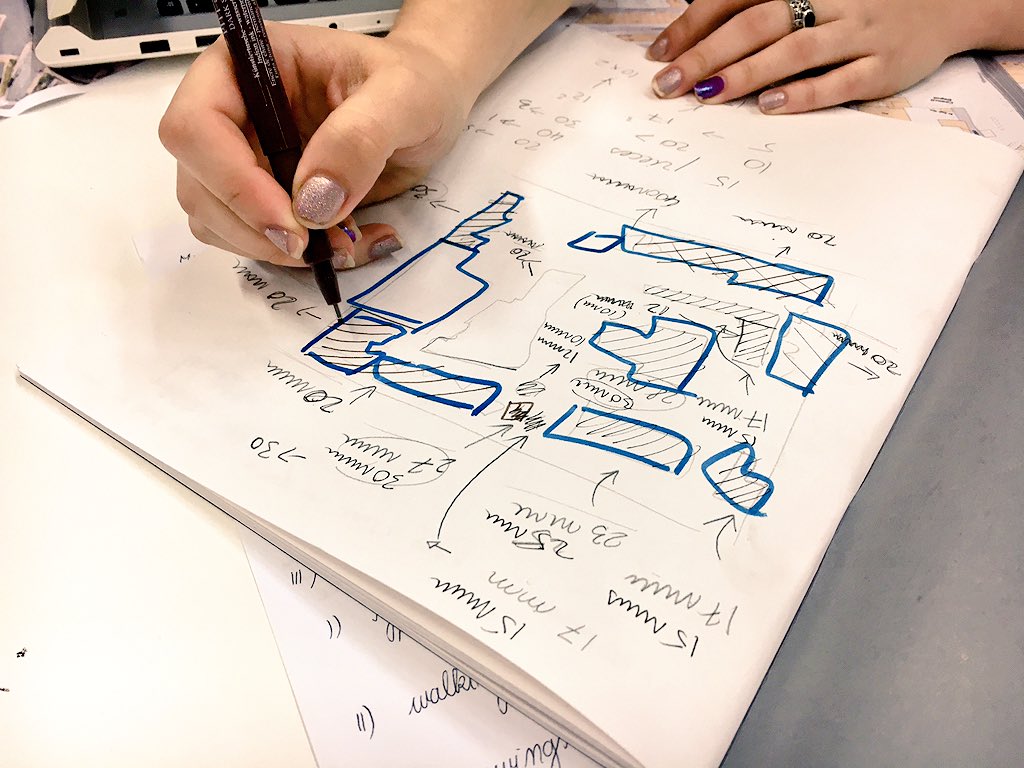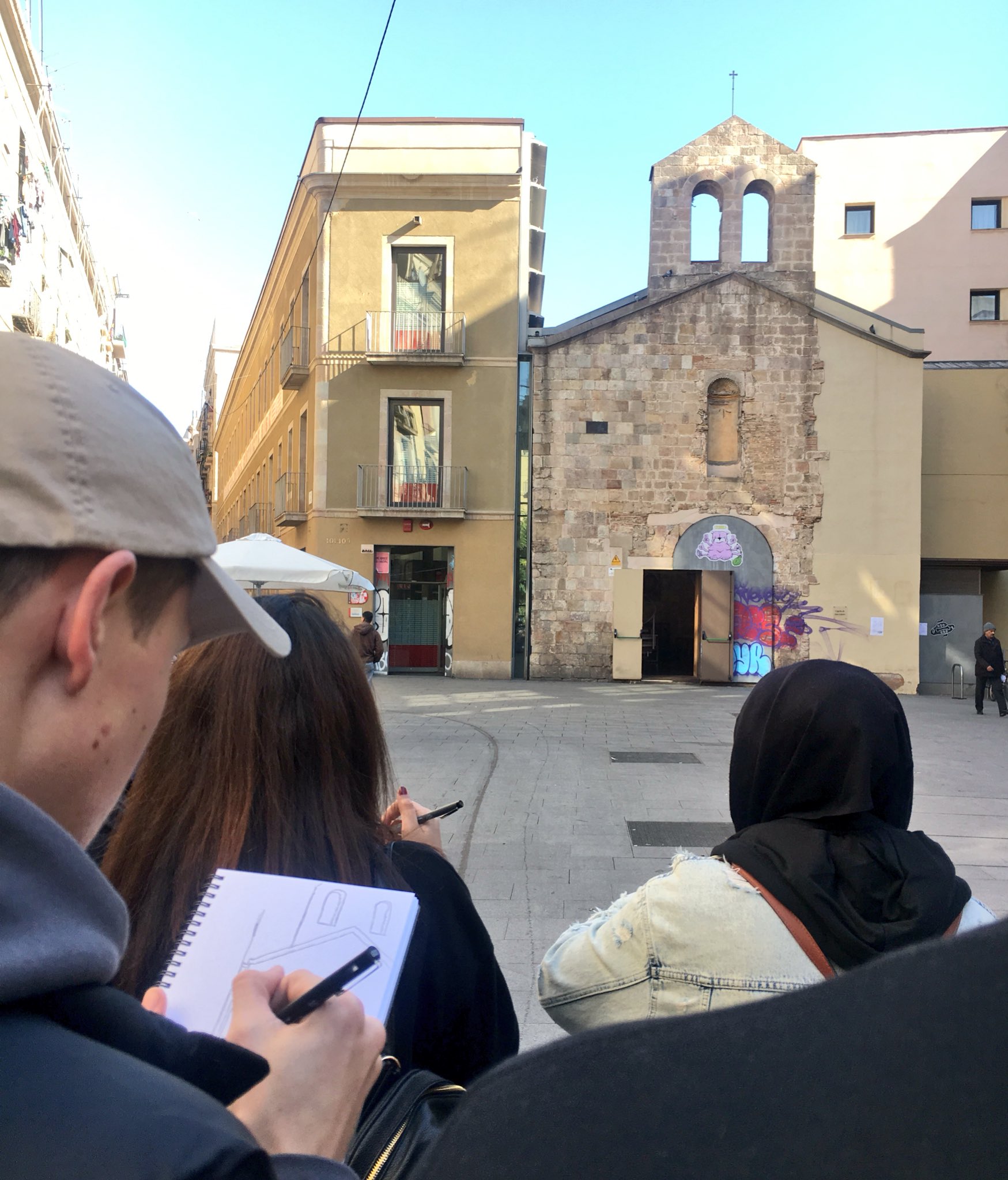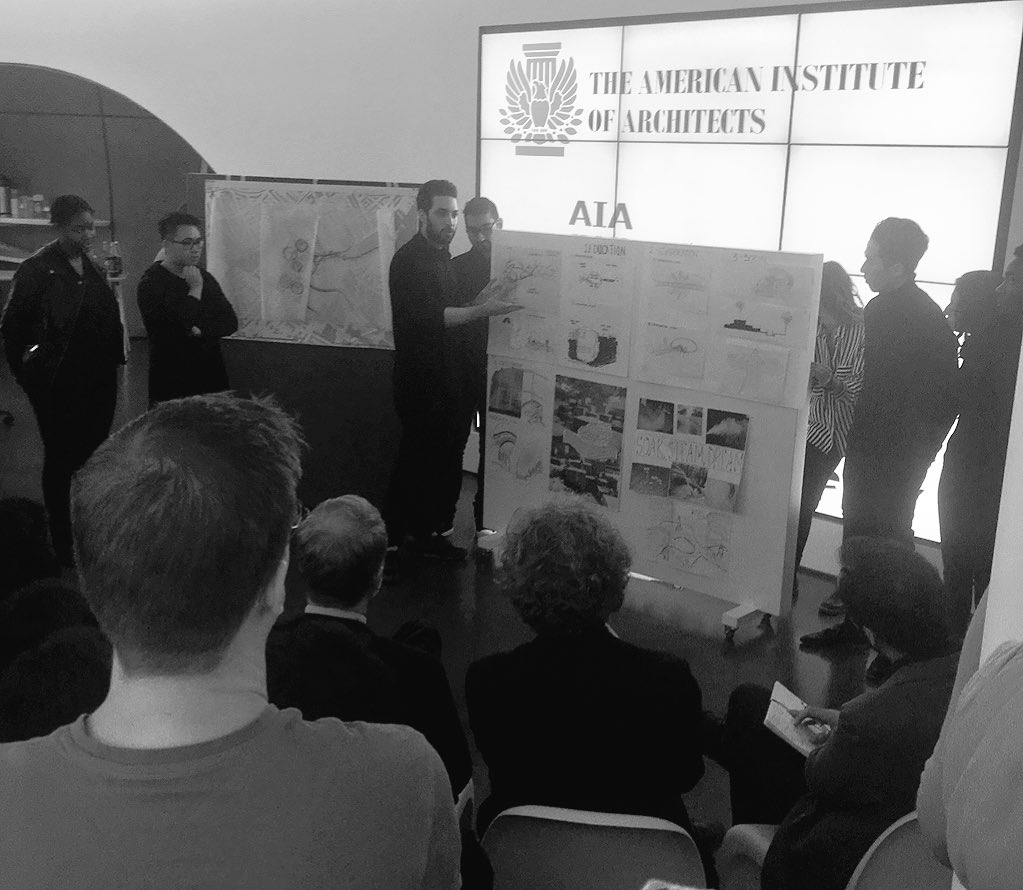Healthy Cities
New Urban Typologies

— Explorations of Future Urban Cycles and Multicultural Communities —
 Desk Study.
Desk Study. Site Investigation.
Site Investigation. Spatial Investigation.
Spatial Investigation. Contextual Influences.
Contextual Influences. Referencing to Local Policies & Urban Strategy.
Referencing to Local Policies & Urban Strategy. Purpose-led Intervention.
Purpose-led Intervention.> Designed for Level 5 UG students studying architecture, interior design, and urban landscape to immerse in interdisciplinary analysis of the city through the investigation of emerging urban issues — complexity, liveability, infrastructure, public realm, resilience, mobility, and resources — and producing new proposals for development in response to these issues while gaining an understanding of urban cycles and its effect on communities: from historical decline, to perceived need of regeneration, to the maintenance of socio-historical and cultural continuity.
> My approach to designing healthy cities enabled students and professionals to reflect upon practical, historical, theoretical and ethical factors that impact the design of future urban environments across different cultural contexts. It focused on the development of an understanding of the relationship between people and buildings, and between buildings and their environment while considering current critical issues surrounding the experience of city life — urban form, scale, aesthetics, building type, narrative, and symbolic representations.
 Space Making (Minnard Mapping).
Space Making (Minnard Mapping). Space Making (Heritage Walk).
Space Making (Heritage Walk). Space Making (Urban Programming).
Space Making (Urban Programming). Space Making (Adaptive Reuse).
Space Making (Adaptive Reuse). Space Making (Spatial Connectivity).
Space Making (Spatial Connectivity). Rethinking Brighton Town for Eldery & Youth (Vincenzo Damato, Sarah Agill, Shpend Pashtriku).
Rethinking Brighton Town for Eldery & Youth (Vincenzo Damato, Sarah Agill, Shpend Pashtriku).



> This studio course was part of a new programme in 'Design for Urban Health'. The studio investigated the processes of placemaking and rehabilitation in relation to urban social and environmental challenges and tensions. It was designed to switch between human and urban scales, incorporating cross-cultural design while developing critical thinking and drawing and making abilities.
 Rethinking Elephant and Castle for BAME Community (Yasemin Guner, Guilliana Giorgi).
Rethinking Elephant and Castle for BAME Community (Yasemin Guner, Guilliana Giorgi).



> The studio/module's pedagogical model involved students to work in groups as well as individually on a series of tasks focused on disciplinary and interdisciplinary approaches, with teaching and tutorials provided twice a week in collaboration with industry and international academic partners. The project centred on local and global sites for intervention and transformation, with the goal of encouraging students to develop cross-cultural design competencies, engage in discussion with urban climate and context as well as end users, stakeholders, and policy-makers. It comprised of a research-led component (I) and the creation of a strategic design concept for the site (II). The studio module ran concurrently with a theoretical course: part (I) built synergies with a course on urban theories and cross-cultural design methods, while part (II) focused on the creation of an urban design proposal for intervention using physical and digital skills.






 Rethinking Lavapies for Migrants (Jay Jordan, Rebecca Giurgiucano).
Rethinking Lavapies for Migrants (Jay Jordan, Rebecca Giurgiucano). Rethinking Lavapies for Migrants (Jay Jordan, Rebecca Giurgiucano).
Rethinking Lavapies for Migrants (Jay Jordan, Rebecca Giurgiucano).



















 International Workshop (Video).
International Workshop (Video).Organisation + [Credits]
Ravensbourne University London, [©Idrees Rasouli]
Role + [Team Size]
Studio/Module & Course Leader, [8]
Date + [Duration of Involvement]
2015-19, [3 months per year]
Collaborator + [Project Location]
City of Madrid, ESNE Madrid, [London, UK]
Status + [Project Type]
Unit, [Urban Design]
Brief + [Challenge]
New Interdisciplinary Analysis of Cities, [Developing New Forms of Urban Cycle and Inclusive Communities]
Collaborators [Tutors]
Unit Team [Diana Cochran, Alan Phillips, Darren Stacey, Tim Molloy, Jason Taylor, Eleonora Nicholetti]